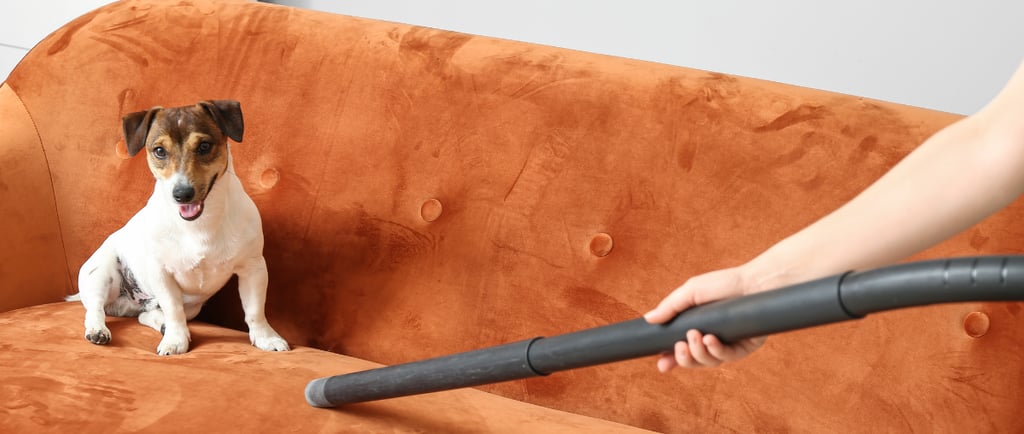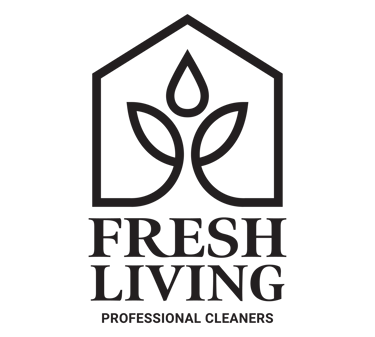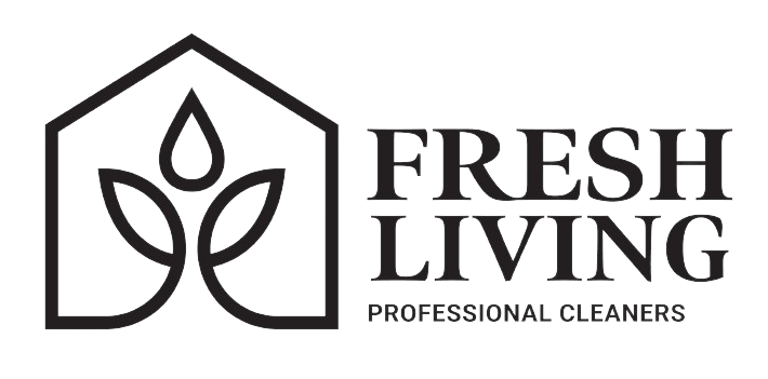Fluff-Free Living: House Cleaning Tips for Pet Lovers
Keeping a clean home is essential for any pet owner, but it can be particularly challenging when dealing with pet fur. From allergies to maintaining the cleanliness of furniture and clothing, the battle against pet hair is ongoing. In this article, we'll explore some effective house cleaning tips specifically tailored for pet owners.
2/22/20243 min read


Understanding Pet Hair
Pet hair comes in various types and textures, depending on the breed of the animal. Some pets, like dogs and cats, shed more than others, while certain breeds may have hair that's more prone to tangling. Understanding the characteristics of your pet's hair is crucial in devising an effective cleaning strategy. Shedding is a natural process for many animals and is influenced by factors such as temperature, light exposure, and hormonal changes.
The Impact of Pet Hair on Your Home
Aside from being unsightly, pet hair can also pose health risks, particularly for individuals with allergies or respiratory issues. Additionally, pet hair can become embedded in furniture and clothing, leading to damage and unpleasant odors. Regular cleaning is essential for maintaining a hygienic living environment and preserving the longevity of household items.
Essential Tools and Supplies
Investing in the right tools and supplies can make a significant difference in managing pet hair. A high-quality vacuum cleaner with pet-specific attachments is essential for effectively removing pet hair from carpets, upholstery, and hard surfaces. Additionally, grooming tools such as slicker brushes and deshedding combs can help minimize shedding and keep your pet's coat in top condition. Lint rollers and brushes are handy for quickly removing pet hair from clothing and fabric surfaces.
Daily Maintenance Routine
Incorporating a daily maintenance routine into your schedule can help prevent pet hair from accumulating in your home. Regular brushing not only helps to remove loose fur from your pet's coat but also promotes healthy skin and reduces shedding. Using pet wipes is another convenient way to quickly freshen up your pet's fur between baths. It's also important to wash pet bedding and blankets regularly to prevent the buildup of hair and dander.
Cleaning Carpets and Upholstery
Carpets and upholstery are notorious for trapping pet hair, making regular cleaning essential. Vacuuming these surfaces at least once a week with a vacuum cleaner equipped with a brush attachment can help loosen and remove embedded hair. For stubborn stains and odors, consider using fabric cleaners and pet-safe detergents. Steam cleaning is another effective method for deep cleaning carpets and upholstery, killing bacteria and removing allergens.
Hard Surface Cleaning
Hard surfaces such as hardwood floors, tile, and laminate also require regular cleaning to keep pet hair at bay. Sweeping and mopping floors regularly can help prevent hair from accumulating in corners and crevices. Using microfiber cloths for dusting and wiping down surfaces can effectively trap pet hair and allergens. It's also important to disinfect surfaces regularly, especially in areas frequented by pets.
Managing Air Quality
Improving air quality is crucial for maintaining a healthy indoor environment for both pets and humans. Investing in an air purifier with a HEPA filter can help remove pet dander, hair, and other airborne allergens from the air. Additionally, opening windows for ventilation can help circulate fresh air throughout your home, reducing the buildup of pet odors.
Tackling Pet Hair in Hard-to-Reach Areas
Pet hair can accumulate in hard-to-reach areas such as vents, ducts, and spaces under furniture and appliances. Using a vacuum cleaner with a long hose attachment can help remove hair from vents and ducts, improving air circulation and preventing blockages. It's also important to regularly clean under furniture and appliances to prevent the buildup of dust and hair.
Dealing with Excessive Shedding
If your pet is experiencing excessive shedding, it may be necessary to make dietary adjustments or consult with a veterinarian. Certain nutrients, such as omega-3 fatty acids, can help promote healthy skin and coat, reducing shedding. Additionally, underlying health issues such as allergies or hormonal imbalances may contribute to excessive shedding, so it's essential to address these issues with your veterinarian.
Preventative Measures
In addition to regular grooming and cleaning, there are several preventative measures pet owners can take to minimize the impact of pet hair on their home. Scheduling regular grooming appointments with a professional groomer can help keep your pet's coat in optimal condition and reduce shedding. When choosing furniture and clothing, opt for materials that are less prone to trapping pet hair, such as leather or microfiber.
Maintaining a fur-free home requires dedication and consistency, but the rewards are well worth the effort. By understanding the characteristics of your pet's hair and implementing a regular cleaning routine, you can enjoy a clean and healthy living environment for both you and your furry friend. With the right tools, supplies, and strategies, pet owners can successfully manage pet hair and create a fur-free zone in their homes.


(609) 806 - 5565
help@freshlivingpc.com
Follow us on
